1. Astronomy Education, Public Outreach and Communication
Astronomy public outreach is focused on connecting professional astronomers and researchers with the public to share knowledge, insights, and the latest exciting discoveries. A key aim is to inspire interest in astronomy, astrophysics and Space science and also in STEM education. Various activities facilitate this, including public lectures, public observing sessions, interactive websites, multimedia presentations, videos and more. Many of our great universities, research institutions, and organizations have such active outreach programs that help promote science literacy and encourage engagement in science through the hook of astronomy. In this session some of the latest approaches, programs and opportunities will be explored.

2. Galaxies, AGN and the High Redshift Universe
Research of the high-redshift universe focuses on distant galaxies and the early universe. This offers insights into galaxy formation, the cosmic microwave background, and the overall evolution of the universe. Observations have established a good understanding of global galaxy properties, but more work is needed to connect these observations with galaxy formation models within the standard ΛCDM cosmology. Recent results, especially those from the JWST, are posing challenges as scientists can now detect and study extremely faint and distant galaxies previously inaccessible. This has led to the discovery of some of the most distant galaxies known, pushing the boundaries of what we can see back in time and probing the epoch of reionization. In this session we will cover some of the latest results and research directions for this fundamentally important topic.
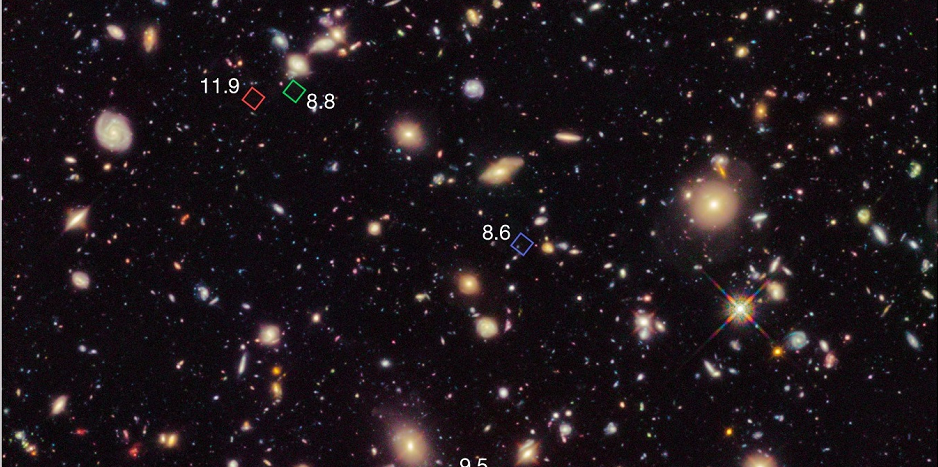
3. High energy Astrophysics
High-energy astrophysics is concerned with the universe’s most energetic phenomena usually associated with environments like black holes, neutron stars, and supernovae explosions. Research focuses on the interactions of particles and radiation fields in such phenomena and the observation and analyses of the highly energetic electromagnetic radiation they produce such as X-rays and gamma rays. The field also covers other cosmic messengers including cosmic rays, neutrinos and more recently gravitational waves (which has its own dedicated theme at APRIM2026). All these tracers are used to elucidate the physical processes occurring in these special environments. Under this theme presentations will explore the most up to date insights from cutting edge space based facilities.
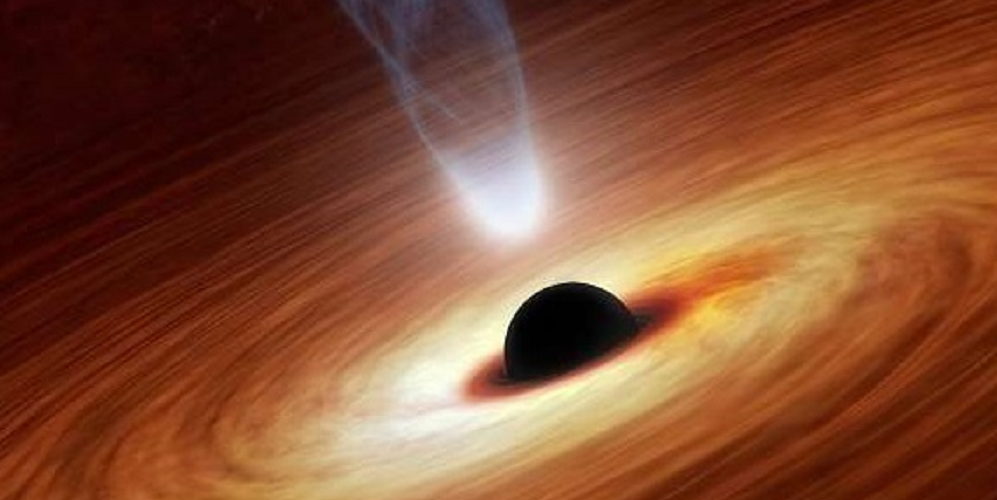
4. Gravitational Wave Astronomy
Gravitational-wave astronomy is a relatively new research field that for the first time in history is able to study the universe not via electromagnetic radiation but by detecting and analyzing gravitational waves using extremely sophisticated cutting-edge laser based technologies. These waves are ripples in spacetime caused by massive objects accelerating and coalescing. Current technology enables us to study the waves emanating from multiple stellar mass black hole binaries or black-hole neutron star binaries as they merge. These waves offer a unique way to observe astronomical events that do not depend on traditional telescopes. In this session latest results from current LIGO systems will be presented and what they tell us about the physics of systems detected. Prospects for future gravitational wave detectors will also be explored.
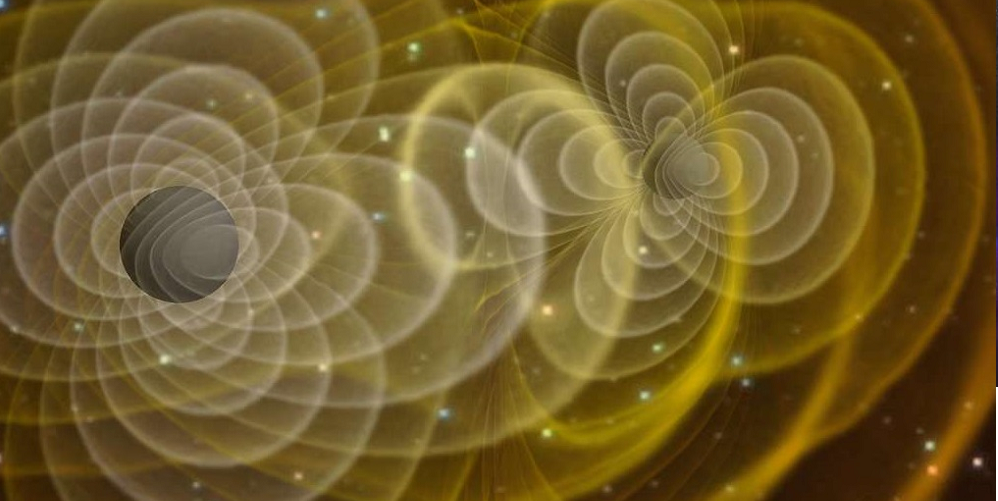
5. The life cycle of Stars and their planets
Stars are a fundamental building block of our universe. In the late stages of stellar evolution, stars exhaust their nuclear fuel and their subsequent fate depends critically on their initial mass. Low-mass solar type stars become red giants, eventually shedding their outer layers to form planetary nebulae and leaving behind a white dwarf. High-mass stars end their lives in supernova explosions, potentially leaving behind a neutron star or a black hole. These final evolutionary stages can have very short short lifetimes so the numbers of detectable planetary nebulae (PNe) and supernova remnants in our galaxy are a tiny fraction of all stars of all masses present. They do provide unique windows into stellar death across the mass spectrum. In this theme latest theoretical and observational results for PNe, Supernova and their residual remnant cores will be explored.
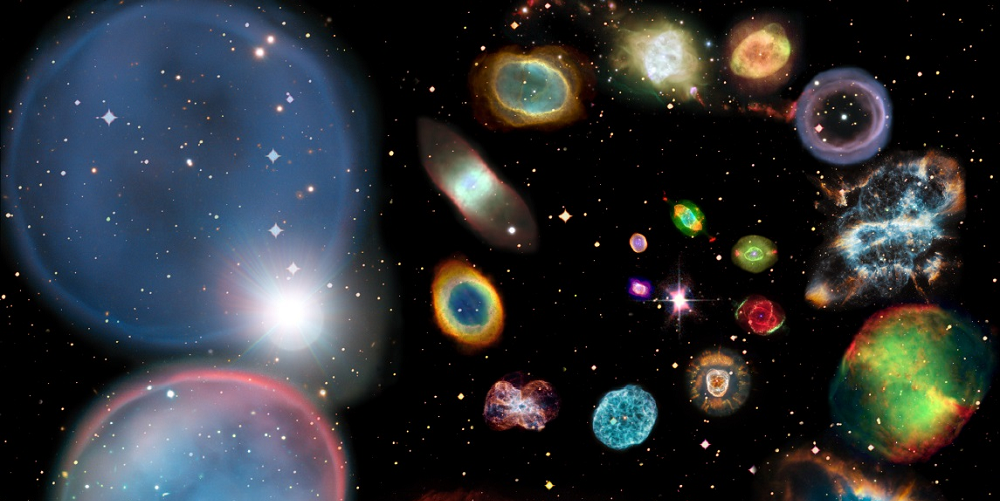
6. Radio, mm and sub-mm astronomy
Radio astronomy and radio interferometry are a key branch of observational astronomy starting in the early 1930’s. Detection of radio emission from a wide range of astrophysical phenomena has revolutionised our understanding of our universe and the objects it contains from planets to quasars, galaxies to supernova remnants and to the discovery of the Cosmic microwave background as the relic afterglow of the big bang. Modern radio facilities have undertaken many large scale surveys and we are entering the era of mega facilities and mega science from infrastructure like the Square Kilometre array (SKA) in Australian and South Africa and with large, single dish receivers like FAST in China. Under this theme current progress and major recent results in radio astronomy will be covered together with the anticipated progress expected from facilities like the SKA.

7. Astronomical Surveys & Time Domain Astronomy
Astronomical surveys have a long history going back to the earliest star catalogues and greatly expanded with the advent of wide-field Schmidt telescope photographic multi-band BRI surveys of the Northern and Southern hemispheres that are still used today in the digitised on-line forms. Later multi-band CCD surveys took over from facilities like PanSTARRS and the Palomar and Zwicky transit factory, Skymapper and others. The advent of multi-fibre optical spectroscopy facilities with massive multiplex gain with wide field coverage have revolutionised our ability to undertake large-scale galaxy redshift surveys like 2dF, 6dF, DESI and now WEAVE together with similar Galactic star spectroscopic surveys like RAVE and LAMOST all from ground based facilities. This is while space based surveys like Spitzer, WISE, in the MIR and GAIA for stellar proper motion add further capability. Their impact has been transformational with much more promised. Here selected major results and prospects for ground and space based multi-wavelength surveys will be covered with special mention of the importance and promise of time domain astronomy in the era of the LSST.

8. Upcoming astronomical facilities
From ground based extremely large optical and radio telescope facilities like the ELT, TMT, GMT, SKA and FAST to major new Space based facilities like the Nancy Roman and Xuntian wide-field optical space telescopes an exciting future for observational astronomy awaits. In this theme the capabilities, timescales and anticipated impact of these multiwavelength mega facilities will be explored and with special mention of the importance and promise of time domain astronomy in the era of the LSST.
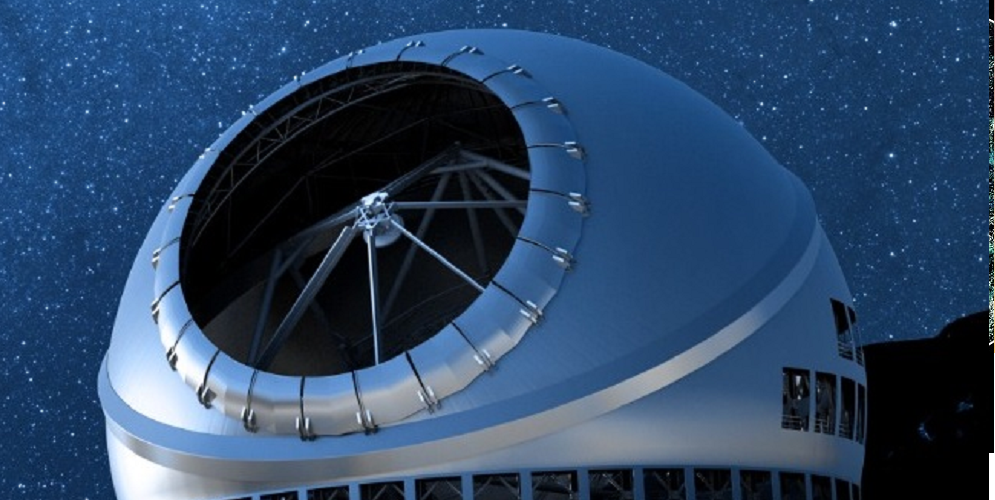
9. Space sustainability
In this new theme for APRIM we will explore the serious threats to both optical and radio ground based astronomy observations posed by the rapid proliferation of mega constellations of thousands of satellites over the last 10 years in particular that interfere ever more prominently with data gathering for astronomy. The need for international co-operation and agreements will be discussed. The long term viability of the low earth orbit ecosystem to sustain any and all spacecraft, satellites, space stations and space based observing facilities will also be covered. This is as the so-called “Kessler Syndrome“ of cascading, catastrophic collapse of LEO due to the impact of space debris gets ever closer to happening.
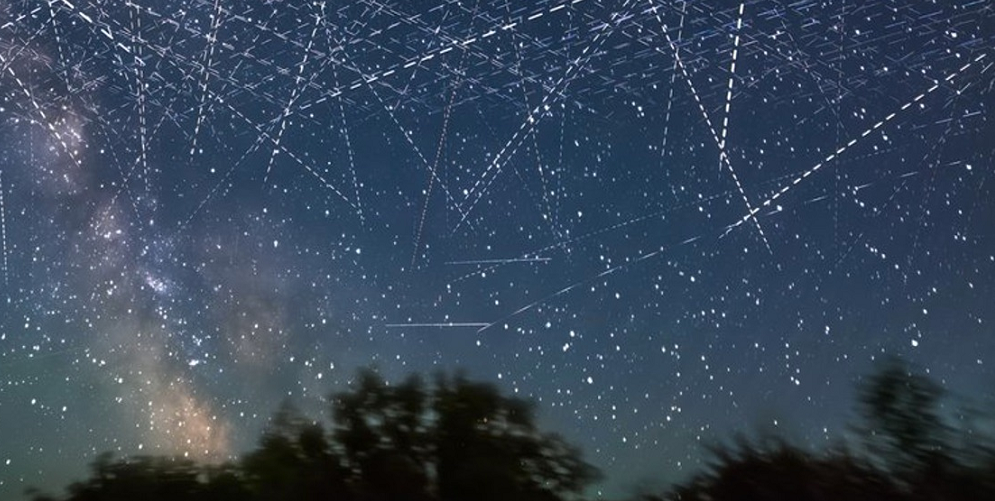
Satellite Meetings
10. SM01: Lunar and planetary astronomy and space astronomy missions (JWST, CSS, Roman etc) – to be run by PolyU or MUST
11. SM02: Astronomy Communication Forum (100/Max)
Venue: On site HKCEC Lecture theatre (exact choice to be confirmed)
Dates; TBC within 4-8 May 2026
Duration: 0.5 days
Topics covered:
• Crossover dialogues including in a more artistic and inclusive form,
• Communication avenues – progress in the astronomy field,
• Promotion of the public’s deeper understanding and support for astronomical research
• Techniques to attract more media attention to astronomy progress
• How to enhance the dissemination, visibility and influence of astronomy in both the academic community and the general public

